The tattooed skin of Epimenides was preserved at the courts of the ephores in Sparta, allegedly as a good-luck charm. 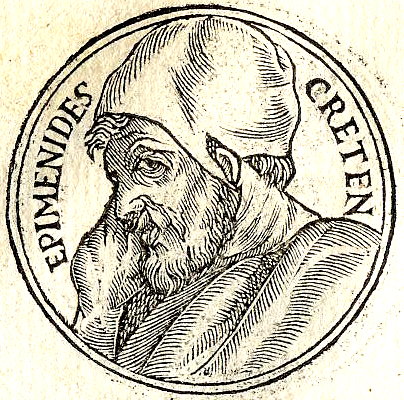
One of the founders of the ancient Gnostic mysteries of Orphism, was said to be a Cretan man named Epimenides (Greek: Ἐπιμενίδης), whose tattooed body and skin were held venerable by the ancient Spartans because it was said to reveal “secret things.” Epimenides had lived in the 7th century B.C. and was born in the city of Gnosis, which today is called the city of Knossos on the modern-day island of Crete in the Mediterranean Sea.
To the Spartans, he was the chief shaman of their people, who was not only a seer, poet and advisor, but he was also a prophet who specialized in searching the past for truth. Hence, his knowledge was retrospective based on his Gnosis which is old knowledge relearned from the blood. A talent, that was once respected by the ancients and the world’s most powerful people for thousands of years.
The tattooed body of Epimenides was not just any body, but it would be considered holy, like that of a modern-day Catholic Saint or shaman, and worshiped as a savior. Epimenides’ Gnostic talents were similar to that of a Shaman. In the Shamanistic tradition, the soul is free to leave the body whenever it chooses to do so; it will do so when dreaming, but when the Shaman is not dreaming; almost as if the person is in a trance or dream-like state. This is when the Gnosis occurs, and when the Shaman is able to tap his blood for secret knowledge to prophecy and/or communicate with his Daemon such as Socrates had done. Epimenides had simply perfected this ancient Gnostic craft.
 There is a famous legend surrounding the origination of the prophetic talents of Epimenides which the Greeks had usually embellished in mythology; that which shrouds factual people such as Epimenides and events of his wisdom, into epic myths surrounding their Gods and Goddess. A form of allegory and wordplay. The legend is, that while Epimenides was tending his father’s sheep, he is said to have fallen asleep for 40 or 57 years (on Mount Ida on the island of Crete) in a cave sacred to the King of Gods and Men, Zeus, and after which he reportedly awoke with the gift of prophecy. The story appears to be an allegory, showing us that Epimenides was asleep “figuratively” until he reached his older years. It was at this time when he finally had awoken from his proverbial slumber (asleep in the cave) to his inner Gnosis, when he suddenly becomes wise in many arts and almost godlike, and to which he would represent the word of god as a son of god. Hence, the reason why he was worshipped and why Saints are worshipped to this very day.
There is a famous legend surrounding the origination of the prophetic talents of Epimenides which the Greeks had usually embellished in mythology; that which shrouds factual people such as Epimenides and events of his wisdom, into epic myths surrounding their Gods and Goddess. A form of allegory and wordplay. The legend is, that while Epimenides was tending his father’s sheep, he is said to have fallen asleep for 40 or 57 years (on Mount Ida on the island of Crete) in a cave sacred to the King of Gods and Men, Zeus, and after which he reportedly awoke with the gift of prophecy. The story appears to be an allegory, showing us that Epimenides was asleep “figuratively” until he reached his older years. It was at this time when he finally had awoken from his proverbial slumber (asleep in the cave) to his inner Gnosis, when he suddenly becomes wise in many arts and almost godlike, and to which he would represent the word of god as a son of god. Hence, the reason why he was worshipped and why Saints are worshipped to this very day.
The report of Epimenides’ tattoos, comes to us from Pausanias who was simply one of the best authorities at his time and trusted by some of the world’s most powerful people;
Pausanias was a Greek traveler and geographer of the 2nd century AD, who lived in the times of Hadrian, Antoninus Pius and Marcus Aurelius. He is famous for his Description of Greece (Ἑλλάδος περιήγησις), a lengthy work that describes ancient Greece from firsthand observations, and is a crucial link between classical literature and modern archaeology. (Wikipedia)
Pausanias reports, that when Epimenides died, his skin was found to be covered with tattooed writing. Some modern scholars have seen this as evidence, that Epimenides was heir to the shamanic religions of Central Asia, because tattooing is often associated with shamanic initiation. (Wikipedia) At the time, tattoos usually had indicated allegiance to a tribe, or their tribal deities in the same fashion soldiers and slaves had bore tattooed marks as allegiance or ownership of the government. In the case of Epimenides, it was said that his tattoos were directly from God or the word of God, since they were made of writing and said to hold secret things.
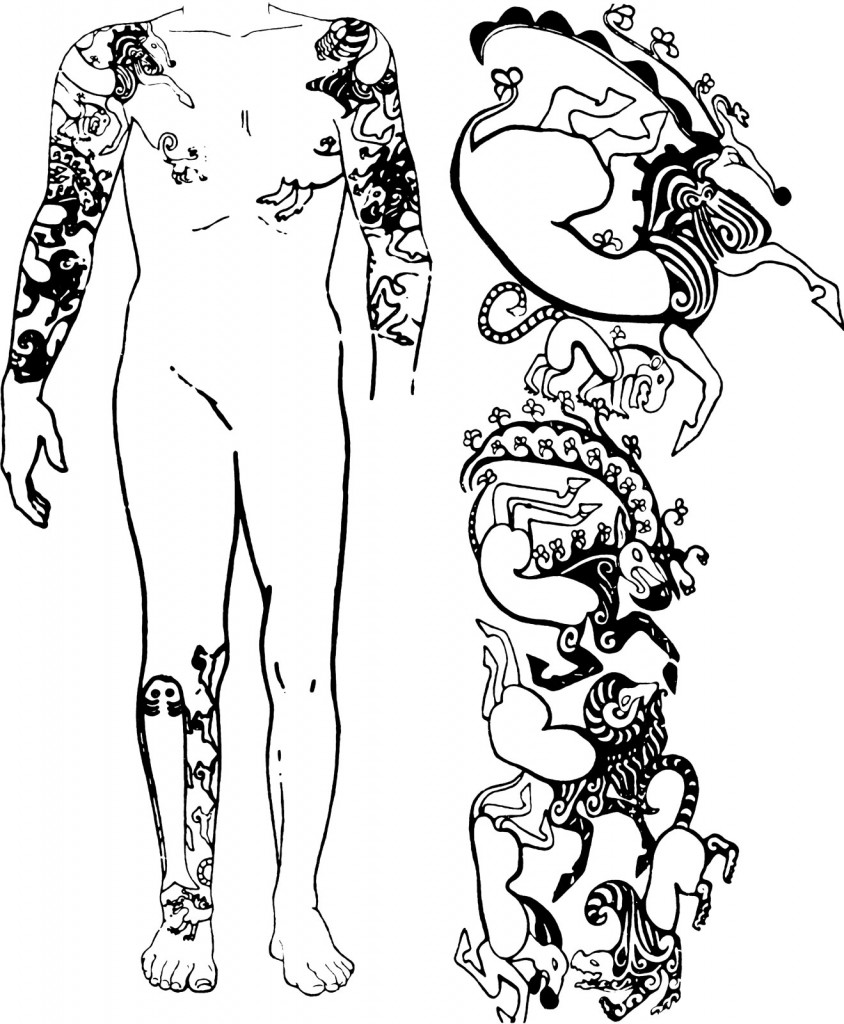 I had written about these ancient tattooed people in previous articles such as, Ancient Tattoos & Tribal Identity , and have since found out that many of these same tribes are inter-related. Many of these tattooed tribes and people had also resided on the island of Crete with strong ties to the City of Gnosis (Knossos) ,such as the Tattooed Gnostic philosopher, Epimenides and tribes like the Sarmatians and Scythians;
I had written about these ancient tattooed people in previous articles such as, Ancient Tattoos & Tribal Identity , and have since found out that many of these same tribes are inter-related. Many of these tattooed tribes and people had also resided on the island of Crete with strong ties to the City of Gnosis (Knossos) ,such as the Tattooed Gnostic philosopher, Epimenides and tribes like the Sarmatians and Scythians;
The custom of tattooing really gained momentum, when a dominant class of tattooed rulers from the early Egypt, Lybian, Syrian and Greek royal dynasties had spread this custom around the world in the years spanning from approximately 2100 BC – 800 AD, but also much earlier as well. More well known tribes of these painted people were known in the East as the ancient Greek Sarmatians , Massagetes, Illyrians, Dacians or Thracians, whom the historian Aristotle had said they were the descendants of Cadmus and were also known as the Sparti (the sown men). Body-painting was customary among the Dacians, and it was known to have a magical significance in which hereditary symbols were transmitted up to the fourth generation. Also included in these Greek tribes of painted people, on the other side of the world was the royal family of the Uí Néill; this family of Scots were part of the tribe called the “Picts (Picti),” meaning the painted people.
 Epimenides was simply one of the most powerful tattooed Gnostics of his time, that even after his death, he was worshipped like a Saint would be today, and his tattooed skin was held venerable by the Ancient Spartans and Greeks of Crete. In addition to these facts, Plutarch tells us that Epimenides was almost like a messiah to the Greeks at the time, because he had purified Athens and the only reward he would accept was a branch of the sacred olive, and a promise of perpetual friendship between Athens and Knossos. Plutarch had written;
Epimenides was simply one of the most powerful tattooed Gnostics of his time, that even after his death, he was worshipped like a Saint would be today, and his tattooed skin was held venerable by the Ancient Spartans and Greeks of Crete. In addition to these facts, Plutarch tells us that Epimenides was almost like a messiah to the Greeks at the time, because he had purified Athens and the only reward he would accept was a branch of the sacred olive, and a promise of perpetual friendship between Athens and Knossos. Plutarch had written;
Epimenides purified Athens after the pollution brought by the Alcmeonidae, and that the seer’s expertise in sacrifices and reform of funeral practices were of great help to Solon in his reform of the Athenian state. The only reward he would accept was a branch of the sacred olive, and a promise of perpetual friendship between Athens and Knossus (Plutarch, Life of Solon, 12; Aristotle, Ath. Pol. 1).
As I mentioned above, Epimenides was said to be one of the founders of Orphisim. A mystery religion, that deals with secrets, death, passage into the afterlife, and resurrection. These were the secrets of all Gnostic mysteries (secret societies), that taught the initiate not to drink of Lethe (“Forgetfulness”), but of the pool (blood) of Mnemosyne (“Memory”). Hence, the Gnosis of the blood holds the memories of the past.
I am a son of Earth and starry sky. I am parched with thirst and am dying; but quickly grant me cold water from the Lake of Memory to drink.
The tattooed skin of Epimenides was said to reveal secret things, and the writing found on his skin after his death was said to be the Greek words, “grammasi katastik.” In order to decode this secret, let us refer to a fellow Gnostic Cretan Prophet, who I bet also had tattoos; John who had said’
“In the beginning was the Word, and the Word was with God, and the Word was God.”
2 The same was in the beginning with God.
3 All things were made by him; and without him was not any thing made that was made.
4 In him was life; and the life was the light of men.
5 And the light shineth in darkness; and the darkness comprehended it not.
6 There was a man sent from God, whose name was John.
7 The same came for a witness, to bear witness of the Light, that all men through him might believe.
8 He was not that Light, but was sent to bear witness of that Light.
9 That was the true Light, which lighteth every man that cometh into the world.
10 He was in the world, and the world was made by him, and the world knew him not.
11 He came unto his own, and his own received him not.
12 But as many as received him, to them gave he power to become the sons of God, even to them that believe on his name:
13 Which were born, not of blood, nor of the will of the flesh, nor of the will of man, but of God.
14 And the Word was made flesh, and dwelt among us, (and we beheld his glory, the glory as of the only begotten of the Father,) full of grace and truth.
15 John bare witness of him, and cried, saying, This was he of whom I spake, He that cometh after me is preferred before me: for he was before me.

Moe is the founder of GnosticWarrior.com. He is a father, husband, author, martial arts black belt, and an expert in Gnosticism, the occult, and esotericism.

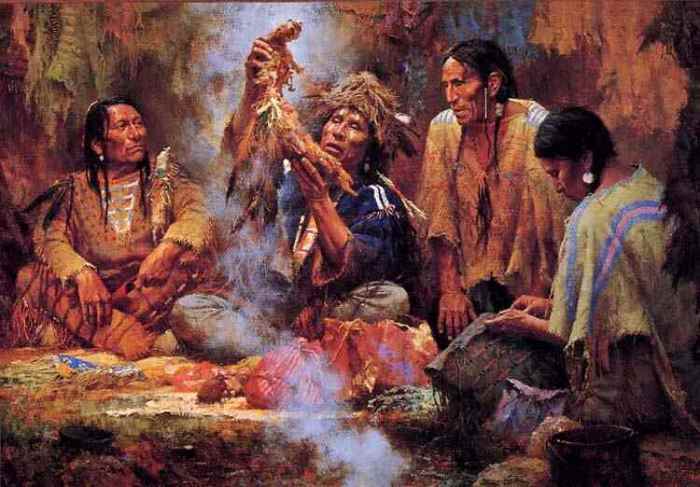
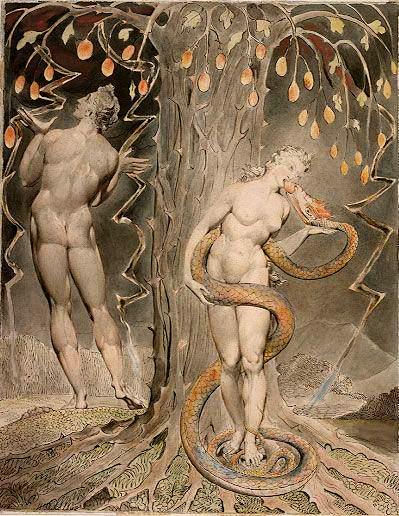
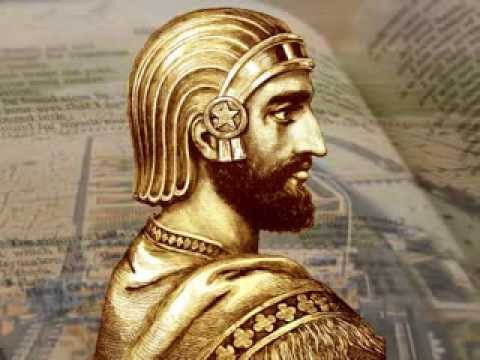

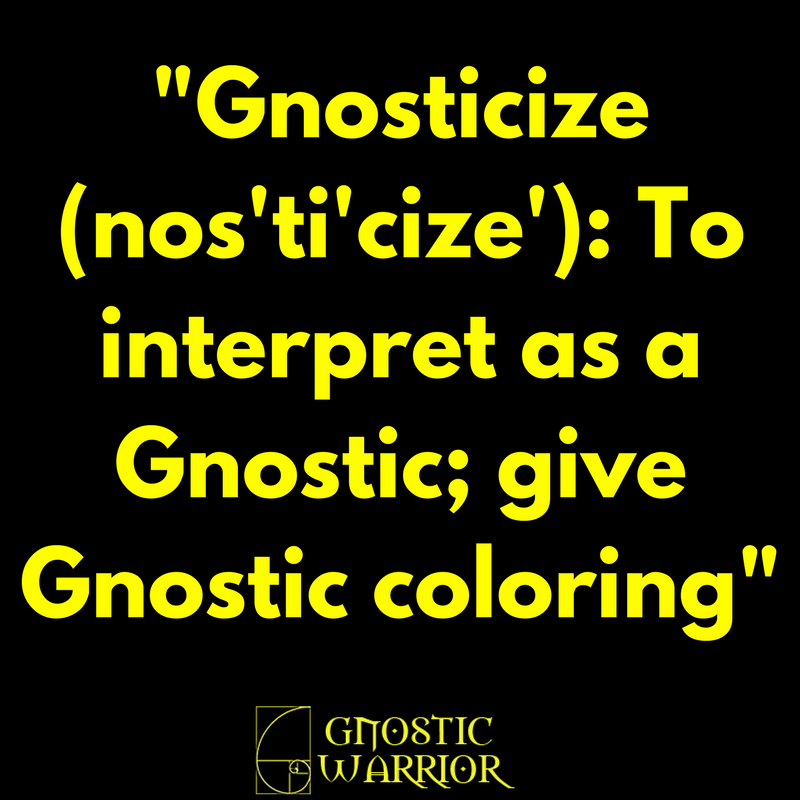
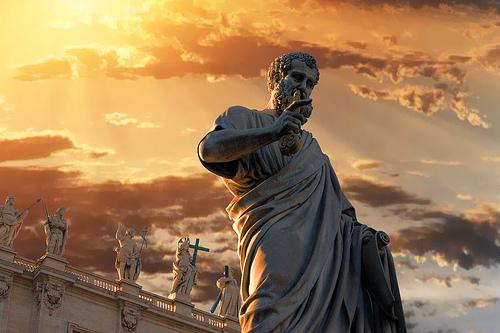
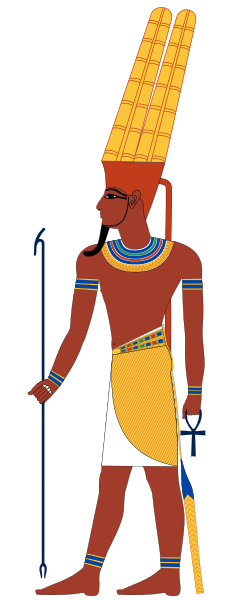
The Celtic Picts tattoo also.